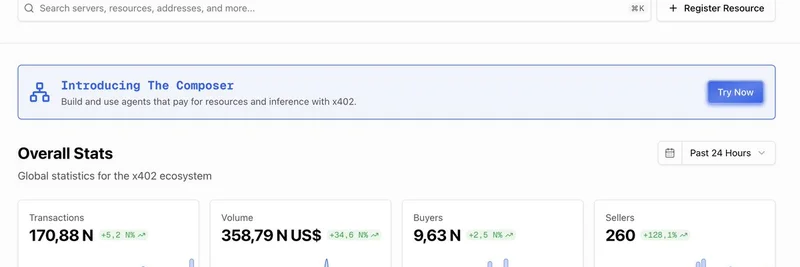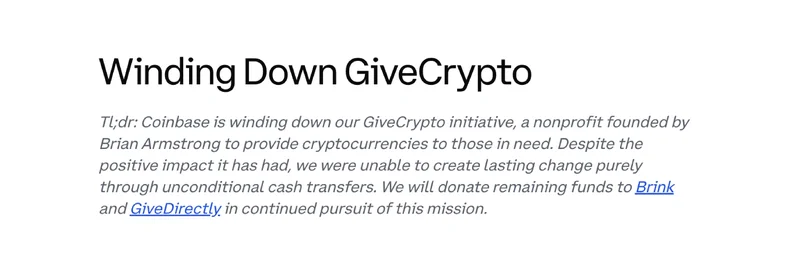If you've been keeping an eye on the crypto world, you know that institutional adoption isn't just buzz—it's becoming reality. A recent post on X from Alexis Johnson, a web3 builder and Bitcoin veteran, captures this shift perfectly. Sharing snaps from Day 1 at the Blockworks Digital Asset Summit (DAS) 2025 in London, he noted: "Institutional adoption is no longer a future vision—it’s happening now. 💼 Day 1 at @blockworksDAS showed how traditional finance is leaning into digital assets with confidence and scale."
Inside DAS 2025: Where TradFi Meets Crypto
The Digital Asset Summit, hosted by Blockworks, is a premier event where big players from traditional finance (often called TradFi) rub shoulders with crypto innovators. Held from October 13-15, 2025, in London, this year's gathering spotlighted how banks, asset managers, and regulators are warming up to digital assets. Think Bitcoin in corporate treasuries, trading crypto derivatives, and even tokenizing real-world assets like bonds or real estate on the blockchain.
For those new to the term, tokenization means turning physical or traditional assets into digital tokens on a blockchain, making them easier to trade and more accessible. At DAS, experts from BlackRock, Goldman Sachs, and Standard Chartered discussed how regulatory progress—like the EU's MiCA framework and the UK's push to become a crypto hub—is paving the way for safer, larger-scale investments.
One standout partnership announced was between S&P Global and Chainlink, bringing stablecoin assessments directly on-chain. Stablecoins are cryptocurrencies pegged to stable assets like the US dollar, and this move boosts transparency, which is huge for institutions wary of risks.
The Recent Crypto Flash Crash: A Wake-Up Call for Altcoins
But it's not all smooth sailing. The summit buzz came amid a wild market event: a $19 billion crypto flash crash, the biggest deleveraging ever recorded. Bitcoin dipped 14%, Ether 12%, and altcoins got hammered—Solana down 40%, Toncoin 80%, and Worldcoin 70%. Deleveraging happens when over-leveraged positions (basically, bets using borrowed money) get automatically closed in volatile swings.
While scary, this crash highlighted crypto's resilience. By the following Monday, prices were rebounding, with Bitcoin stabilizing around $110,000. Institutions see volatility as both a risk and an opportunity, pushing for better trading infrastructure like on-chain perpetual exchanges (perps) that handled billions in liquidations without breaking.
How This Ties into Meme Coins
Now, you might be wondering: What does all this institutional muscle mean for meme coins, those fun, community-driven tokens like Dogecoin or newer pups that often start as jokes but can skyrocket on hype? While DAS didn't spotlight meme coins directly, the broader trends could supercharge them.
First off, more institutional money flowing into crypto means deeper liquidity pools. That makes it easier to buy and sell meme tokens without massive price slips, attracting more traders. Second, as TradFi experiments with altcoins like Solana (home to many meme launches) and Ether, some of that capital might trickle into speculative plays. After all, institutions are diversifying beyond just Bitcoin—digital asset treasuries (DATs) now hold billions in ETH and SOL, with liquid staking tokens (LSTs) offering yields through DeFi.
Plus, regulatory clarity could legitimize meme coins. If frameworks make crypto safer overall, meme projects with strong communities might gain traction as "fun" but viable investments. Analysts like Ryan Connor from Blockworks Research have called memecoins "objectively the most successful product in the history of crypto" due to their viral appeal and scarcity mechanics. In a world where institutions are tokenizing everything, who knows? A meme coin could evolve into something with real utility.
Looking Ahead: Opportunities for Meme Token Enthusiasts
For blockchain practitioners and meme fans, events like DAS signal exciting times. Traditional finance's embrace could bring stability and growth to the space, potentially lifting meme coins along the way. But remember, crypto's volatility—like that recent crash—means doing your homework is key. Keep an eye on communities, tokenomics (the economic design of a token), and market trends.
If you're diving into meme tokens, platforms like Solana offer low fees and fast transactions, making them hotbeds for new launches. Stay tuned to Meme Insider for more updates on how these big shifts play out in the meme world.




